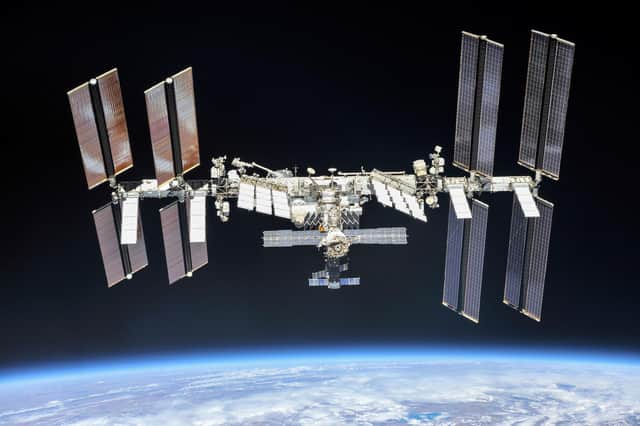EMIT: Nasa instrument identifies 750 point sources of greenhouse gases released into the atmosphere


Over 750 point source emissions of greenhouse gases have been identified by Nasa after it launched its Earth Surface Mineral Dust Source Investigation (EMIT) instrument to map 10 key minerals in some of the world's most arid regions.
Nasa's findings include sources of methane from landfills, agricultural sites, and oil and gas facilities, even though this was not part of EMIT's primary mission, the imaging spectrometer on board the International Space Station (ISS) has proven to have such capacity. "We were a little cautious at first about what we could do with the instrument. It has exceeded our expectations," Andrew Thorpe, the paper’s lead author said.
Advertisement
Hide AdAdvertisement
Hide AdOf the 750 sources of methane, some small, others in remote locations, and others persistent in time, EMIT was able to identify both large sources (emitting tens of thousands of pounds of methane per hour) and small sources (emitting hundreds of pounds of methane per hour), providing accurate data on "super-emitters," or sources of methane that produce a disproportionate share of emissions.
Methane is much more effective at trapping heat than carbon dioxide, so identifying the sources can allow scientists to develop strategies to limit damaging human-driven emissions.
Methane is usually measured via an aircraft, from a lower altitude as they are more sensitive to detecting sources of methane than EMIT. However the Nasa instrument managed to observe 60% to 80% of the methane plumes typically observed in those airborne campaigns. EMIT's imaging spectrometer takes 50-mile-by-50-mile (80-km-by-80-km) images of the planet's surface, also known as scenes, according to a new study published in Science Advances.
Comment Guidelines
National World encourages reader discussion on our stories. User feedback, insights and back-and-forth exchanges add a rich layer of context to reporting. Please review our Community Guidelines before commenting.
